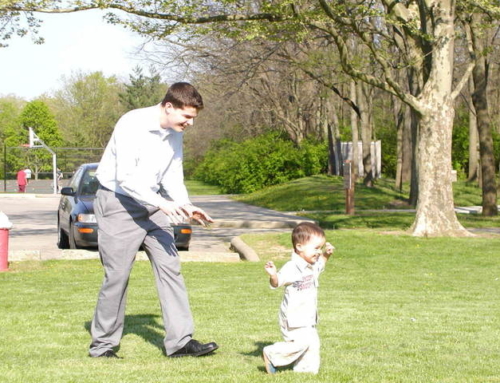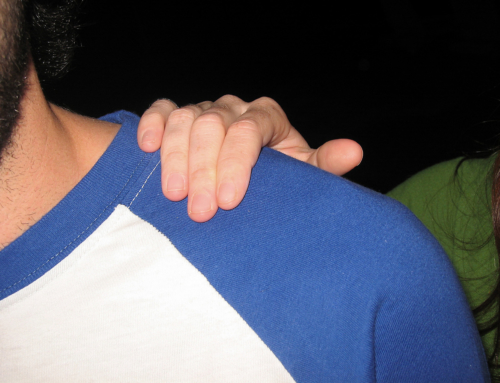We often think about learning and “smarts” as related to test performance and scores/grades. Rarely does public attention turn toward thinking skills and how to maximize what we “know” when meeting new topics. There is much to be found in different books and research about learning “style.” The result is often a global impression of being more “visual” or “verbal” or even “Multi-sensory.” What about how we think, analyze, and arrive at decisions, conclusions, and beliefs? Thinking is at the foundation of learning, mastery, as well as the test-taking or mastery-showing processes. Learning and creativity begin with a thought – a spark.
People tend to have patterns of special abilities and passions or learned talents. There are also patterns to our thinking style. We each have a unique approach to a question. Do we think about finding a problem or finding a solution? How do we interpret and experience the question/topic in front of us? To form an answer we must think. To think, we need a body of facts, information and, at best, wisdom.
Next we move to application. Now we approach the use of logical, factual, or formal analysis. These are often considered “convergent” and traditional ways of thinking. We take what we know, apply it, and stay within the bounds of the topic. What about deeper, more creative analysis? This is often subjective, symbolic, emotionally sparked, and “divergent.” Not the stuff of multiple-choice questions! Creative? You bet!
Creativity can spark true learning and a lifetime passion. There must be a dedication to the topic, interest, and the ability to persist for some time. The walk is down unknown and difficult paths on a journey. Rewards are a a long time away, not always “big,” and certainly more personal than public. Answers created on this route are rarely A, B, C, or D. SO what fuels the ability to move down the path to greater insight? What motivates and maintains learning?
- Ability – often a body of skills.
- Interest and motivation in the topic – this can be natural or drawn out by the teacher/presenter.
- Development of skills follows, through a combination of practice and memory.
- Persistence – this is often rare, but so vital.
- Along the way, effort is constantly demanded and needed as we think, create, and evaluate our analysis and ideas.
- Flexibility is equally important, both in idea formation and problem solving approaches.
All these skills combine nicely. Then, creativity sparks thought which starts learning and lights a fire for passionate, developed thoughts across a lifetime. This occurs because, as its roots, creativity is the ability to come up with a novel or useful way to do something or ideas about a topic/body of information.
Although not a typical focus on the learning process, creativity may well be the foundation for life successes. It is an essential component of problem solving, relationship maintenance, product/word development, and fulfillment during a long lifetime as an emotional partner, working being, and contributor to the world at large. With creativity, technological, theoretical, scientific, and other innovations occur. With creativity, political and personal negotiations, compromises, and harmony are possible. Creativity also allows us to cope with challenge, handle and benefit from criticism, enjoy differences and novelty, refine competitiveness, and maintain commitments.
Whether one has a single driving talent/passion or is a person with deep thoughts about one topic, or vibrant connections between many personal interests, creativity is valuable and may be essential.
Everyone has daily opportunities to harness creativity. Studies show that the best predictor of success may be having a willingness and ability to analyze things. Not a body of separate, memorized facts, but insights persistent analysis and creative approaches – all opportunities for creativity! Learning, at its best, combined creativity with knowledge and leads to the highest points of analysis -perhaps even “genius.”
We all have the ability to take an interest and approach it with creativity. By using information, imagination, and different types of analysis, and effort, we can, and should, light the fire of wonder in each person!
Here’s how –
-
Choose a topic, be open minded and focused – simultaneously.
-
look for the glimmers of passion and creativity … they are lighting a path to true learning.
-
What what happens.
-
Providing kindling: rich topics, hands-on and multi-sensory materials, time (personal, not screen time), space, and reward for effort
Stand Back, A bonfire is about to start!
All from one tiny, creative spark.






